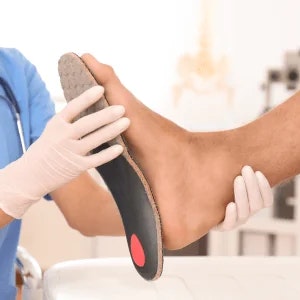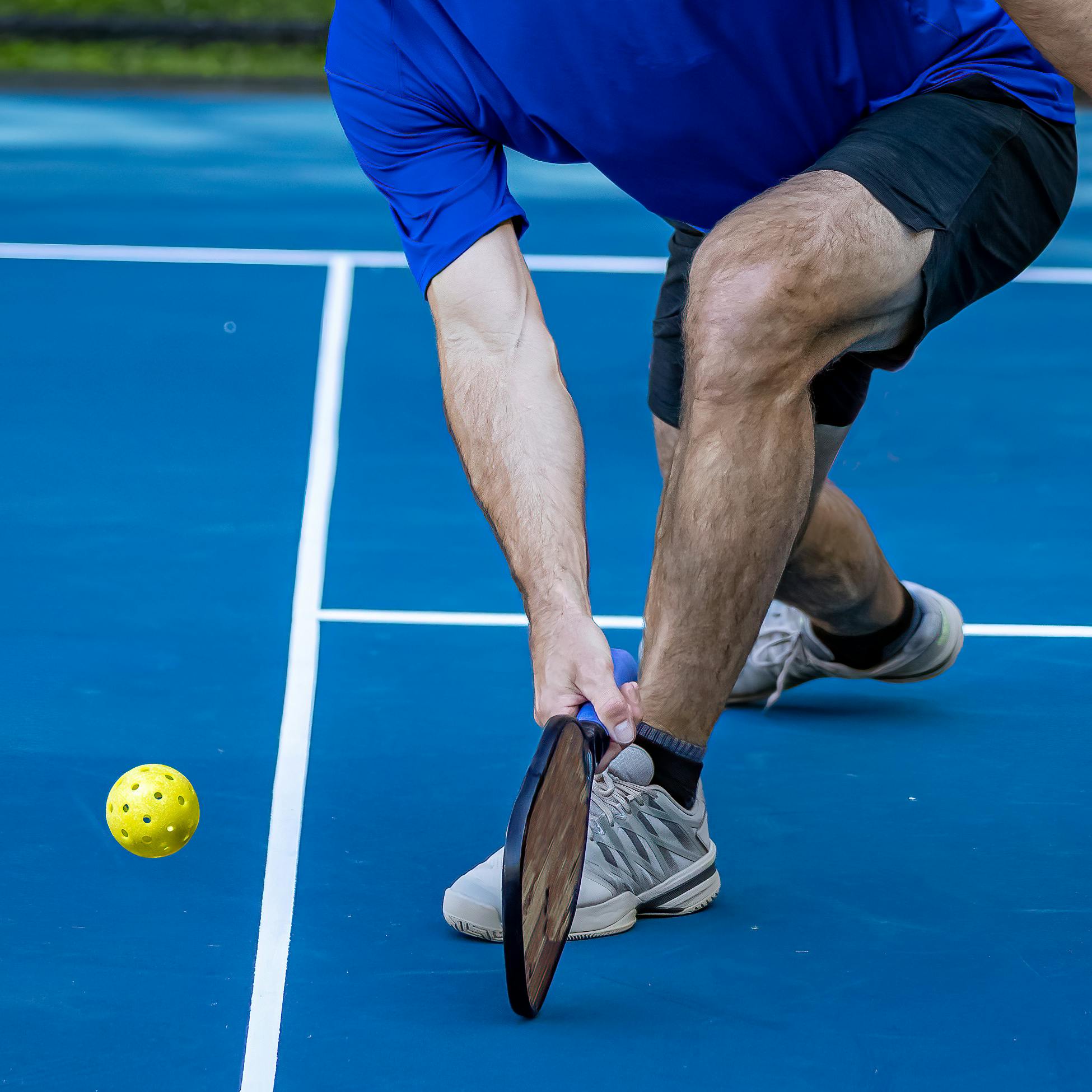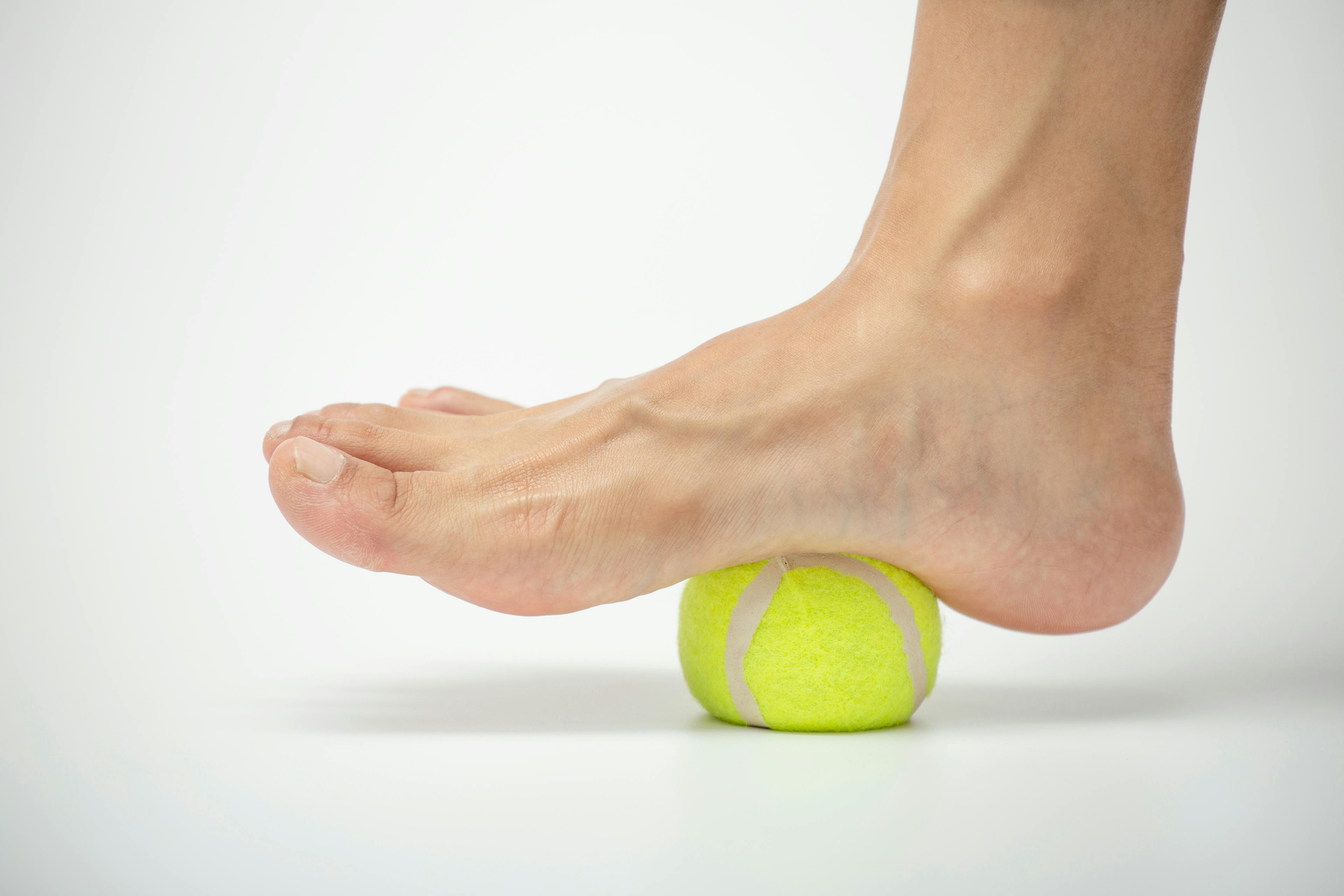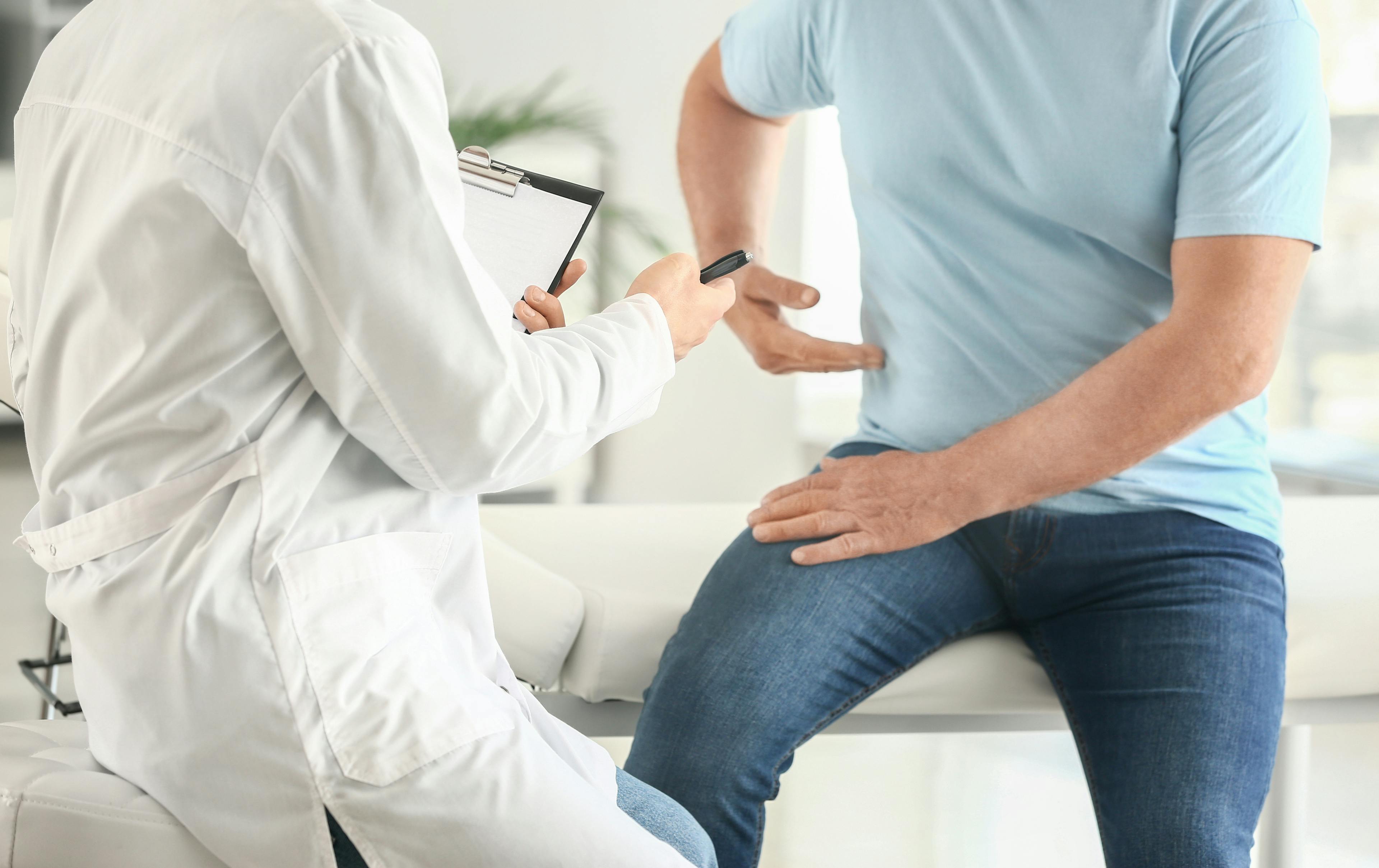Choosing the Right Shoes for Your Feet
If you struggle with heel pain, ankle soreness, or even recurring stress fractures, your shoes may be part of the problem. The wrong footwear can throw off your alignment, strain your arches, and put added stress on your joints. On the other hand, well-fitted, supportive shoes protect your feet, reduce injury risk, and make walking more comfortable.
But here’s the catch—supportive shoes aren’t “one-size-fits-all.” The best shoe for you depends on your arch type (flat, normal, or high). Knowing your arch type makes it much easier to pick shoes that give your feet the right balance of support and cushioning.
Not sure what type of arch you have? Try the quick Wet Footprint Test below to find out. Once you know your arch shape, check out our guide to the best shoe types, injury-prevention tips, and podiatrist-recommended options.
Identify Your Arch Type with the Wet Footprint Test
Not sure of your type of arches? Try this quick at-home test:
- Fill a shallow pan with water.
- Wet the bottom of your foot.
- Step onto a piece of cardboard or a paper bag.
- Step away and look at the footprint.
Types of Arches
- Flat Feet: Almost the entire foot leaves a print with little to no curve.
- Normal Arch: About half of the arch shows, with a distinct curve along the inside.
- High Arch: Only the heel and ball of the foot appear, with a very thin or no connection between them.
This simple test can give you a starting point, but for a full evaluation and personalized shoe recommendation, visit a podiatrist.
Flat Feet or Low Arch
When choosing running shoes, it's essential to understand your foot type. If you have flat feet or a very low arch, your entire foot might touch the ground when you stand. For this foot type, stability shoes are your best option, as they provide excellent arch support and can help prevent overpronation. Motion control shoes with a firm midsole are also great choices for added support.
Injury Prevention:
- Strengthen the arch and calf muscles through specific exercises.
- Avoid walking barefoot on hard surfaces.
Best shoes for flat feet:
- Brooks Adrenaline GTS
- New Balance 860
- ASICS Gel-Kayano
High Arches
For those with high arches, the middle of the foot is noticeably elevated with only a narrow band connecting the heel and ball of the foot. Since high arches are less effective at absorbing impact, you should look for cushioned shoes that can help absorb shock. Neutral shoes with plenty of flexibility are ideal. You can also add insoles for extra support if needed.
Injury Prevention:
- Focus on flexibility exercises to prevent muscle tightness.
- Use insoles if needed to provide additional support.
Podiatrist recommended shoes for high arches
- Hoka One Bondi
- Nike Air Zoom Pegasus
- Saucony Freedom ISO
Normal Arches
Finally, if you have a normal arch, your foot has a moderate curve that is neither too high nor too low. This foot type is generally the most biomechanically efficient. You can choose from both stability and neutral shoes with moderate arch support and good cushioning.
Injury Prevention:
- Ensure proper fitting shoes to maintain natural alignment.
- Regularly engage in foot exercises to promote overall health.
Best shoes for normal arches
- New Balance Fresh Foam 1080
- Brooks Ghost
- ASICS Gel-Nimbus
Take the Next Step in Protecting Your Feet
Doing the Wet Footprint Test at home is a great first step toward understanding your arch type. But getting it right isn’t always easy—and the right shoes are only part of the solution. A podiatrist can confirm your arch type, check for hidden issues, and recommend a treatment or prevention plan tailored to your lifestyle.
At CLS Health, our foot and ankle specialists help patients reduce pain, prevent injuries, and move more confidently with the right footwear and care plan.
Don’t let heel or ankle pain slow you down—book an appointment today and take the next step toward pain-free movement.





